Enterprise smartwatch roundup - the top 5 business wearables
We test the top business smartwatches that you can buy today - that AREN'T the Apple Watch
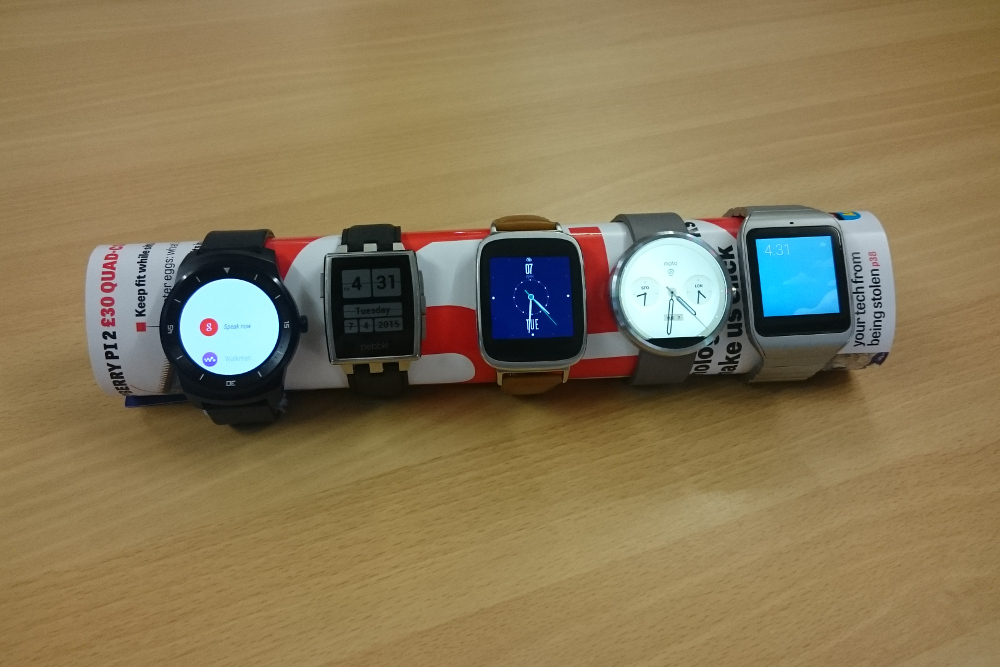

Asus ZenWatch
Asus, generally known for its mid-market laptops and tablets, have decided to make their debut into the smartwatch world with the ZenWatch, and we have to say, it's a promising start. It's let down a little in some areas, but a few wobbles notwithstanding, it's a lot stronger than we would have expected.
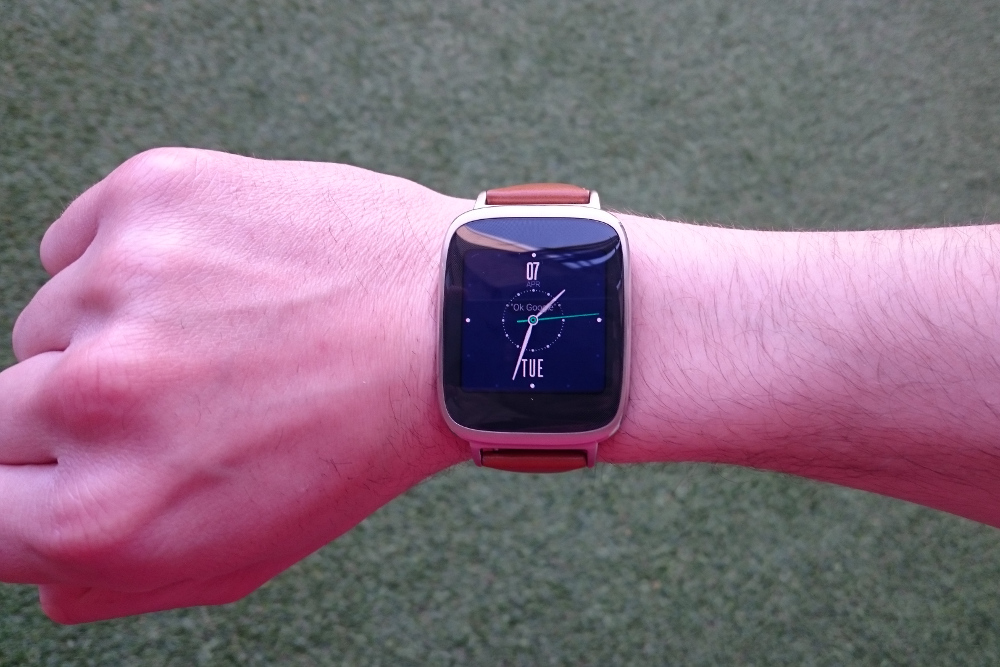
Asus ZenWatch -Design
The ever so slightly curved body is reasonably understated, with a copper-coloured inlay around the sides and few unnecessary flourishes. We have to say, it's fairly attractive in an almost vintage way. The interchangeable 22mm strap also means that you can customise the band to suit your own tastes.
Asus ZenWatch - Battery
While the ZenWatch's induction-charged battery is more or less adequate, it's by no means anything to write home about. Judicious use of screen-dimming and lower brightnesses will see it last around a day and a half, but don't expect it to last more than a full work day with heavy use.
Asus ZenWatch -Smoothness and usability
Operations on the ZenWatch are faster and smoother than we were expecting - it's actually pretty nippy. Although it does suffer from precision issues brought about by its smaller screen.
Asus ZenWatch -Weight and feel
We found the ZenWatch totally comfortable, with the default band easily adjustable in terms of size. It's not the slimmest we saw, but it's thin and sleek enough that it's not going to be at all obtrusive.
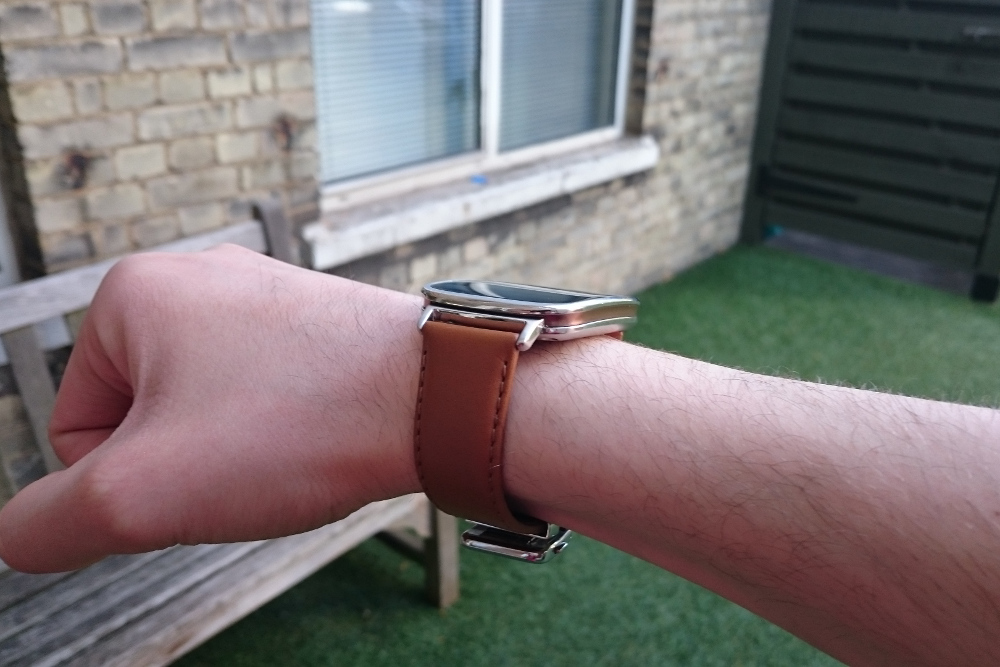
Asus ZenWatch -App integration
Asus has an own-brand fitness app for those looking to track their steps throughout the day, but it's a little limited. It also comes with Jawbone's Up app, however, which is more comprehensive. One interesting feature of Asus's software is the supposed ability to measure your relaxation level along with your heart rate, but since it just gives an uncontextualised number, this is somewhat less than useful.
Asus ZenWatch -Price
Like most of its competitors, the ZenWatch is sticking with a price of roughly 200. However, considering it hasn't really got anything to make it stand out from the herd, we'd be hard-pressed to recommend it over similarly-priced rivals.
Get the ITPro daily newsletter
Sign up today and you will receive a free copy of our Future Focus 2025 report - the leading guidance on AI, cybersecurity and other IT challenges as per 700+ senior executives
Asus ZenWatch -Display
The ZenWatch's quare screen suffers from the same size+shape-related problems as the SmartWatch 3 the dead space around the screen spoils the device's otherwise well-designed look, and navigation can be tricky for the ham-fisted among us. The ZenWatch can't match P-OLED rivals for brightness, but the colours are a lot less washed-out than the Sony Smartwatch 3, and overall it's pretty respectable.
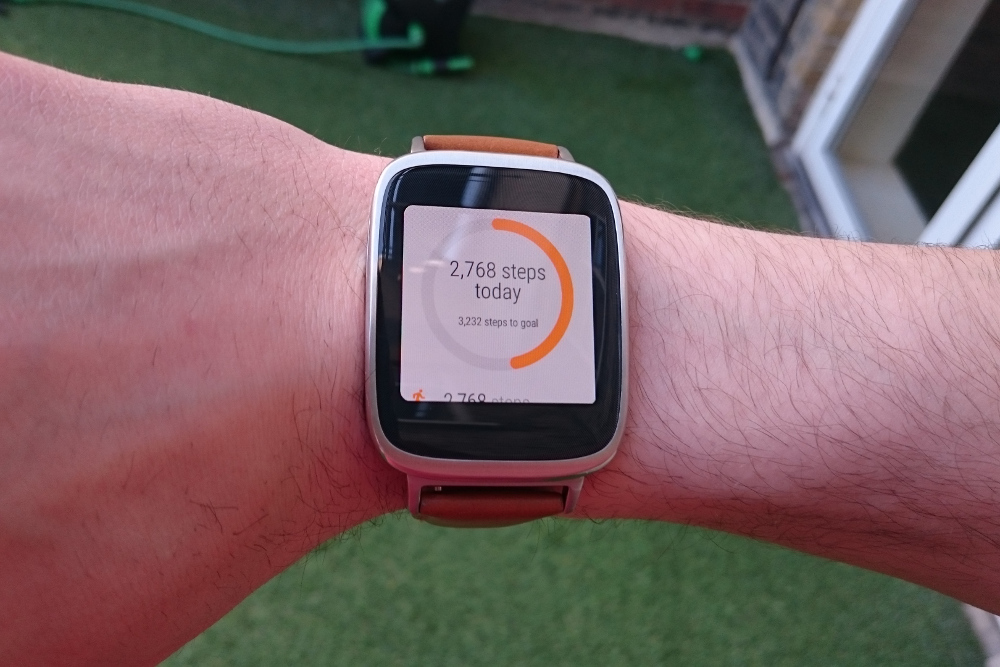
Asus ZenWatch -Verdict
The Asus ZenWatch can't really be said to do anything wrong; it's competent on pretty much every level. However, that's pretty much the most positive thing we can find to say about it. You're unlikely to be disappointed with the ZenWatch, but equally, we highly doubt anyone will be overly wowed with it, especially when its superior competitors cost around the same price.
Pebble Steel
Calling the Pebble Steel a smartwatch seems a little disingenuous. It's got a battery of smart features of course, but looking at the blocky, black-and-white display, it looks more like something that'd be cutting-edge circa 1998. That being said, however, it's got buckets of character, and we can't help but love it.
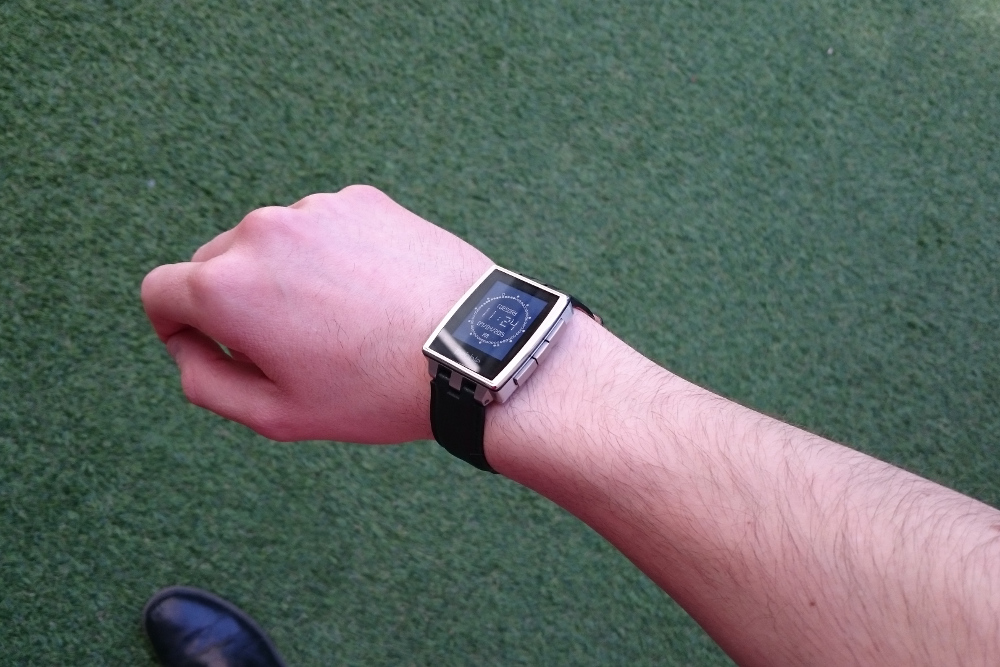
Pebble Steel -Design
The Pebble Steel sports what is, in our eyes, a very attractive square design, not all that different from a high-end digital watch. Sure, it's a bit angular, and the buttons are on the chunky side, but it's got a certain almost vintage mystique to it. While the original Pebble features interchangeable bands via the standard 22mm strap fitting, the Steel currently only offers leather or metal options. However, both look rather effortlessly elegant, so it's hardly a problem.
Pebble Steel - Battery
Battery's one of the big features that the Pebble Steel has on its side. Unlike its power-hungry rivals, the Pebble Steel can comfortably last around a week from a full charge, thanks largely to a black and white screen and low-power internals. Charging is via a proprietary magnetic induction cable, which can be a little tricky to attach securely, but once it's on, it feels fairly stable.
Pebble Steel -OS
Pebble's smartwatches use a custom OS, which works across both Android and iOS no Windows Phone support as yet, unfortunately. It pairs with your smartphone via Bluetooth connection and a companion app, which also houses a storefront for apps and watchfaces. While neither are as sophisticated as Android Wear's equivalents, there are nonetheless a fair few useful apps, as well as some charming watchfaces.
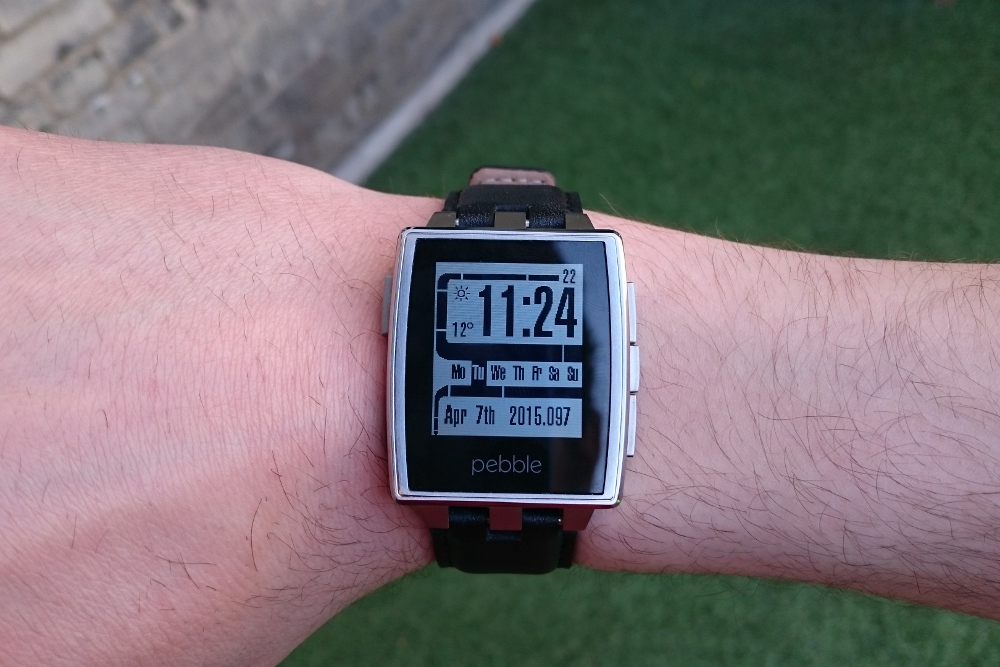
Pebble Steel -Smoothness and usability
The Pebble uses Physical buttons rather than touch or voice controls. This actually means it's a lot more straightforward to control than some other devices we tested having an organised menu structure is incredibly helpful after the somewhat alien layout of Android Wear. The rudimentary nature of the Pebble also means that it's incredibly quick to navigate between apps and watchfaces.
Pebble Steel -Weight and feel
Admittedly, the Pebble Steel isn't quite as ergonomically-shaped as some we tried, but it's perfectly comfortable, even when compared with analogue rivals, both in terms of weight and size. We could easily wear it for days at a time, which we wouldn't necessarily say of the others on this list.
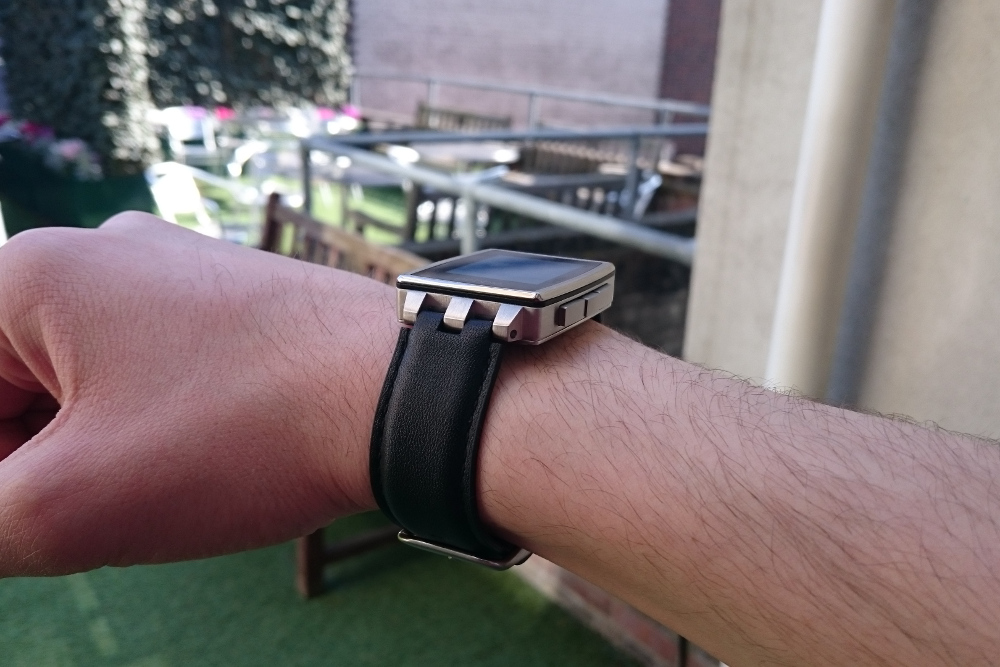
Pebble Steel -App integration
All push notifications are supported by the Pebble Steel, with a variety of response actions depending on the type of notification in a similar way to Android Wear. Many third-party apps are also supported, including evernote and runkeeper. However, the watch can only store eight apps and watchfaces at a time, with additional ones needing to be swapped in via smartphone.
Pebble Steel -Price
Available for around 150, the Pebble Steel is one of the cheaper smartwatches on the market. However, it still isn't quite as cheap as we might like, given its comparatively underpowered nature. On the flipside, since it's practically retro already, it's almost certainly going to age a lot better than flashier competitors. A good rule in tech is that the fancier it is, the quicker it becomes embarrassingly obsolete.
Pebble Steel -Display
The square LCD e-paper' display is actually surprisingly effective. Although the Smartwatch 3 and ZenWatch both have larger, higher-resolution screens, the fact that the Pebble is controlled via physical buttons rather than touch means that a small screen isn't a problem. Granted, image quality (such as it is) would embarrass a palm pilot, but sterling contrast ensures text is perfectly clear and readable with a brief glance.
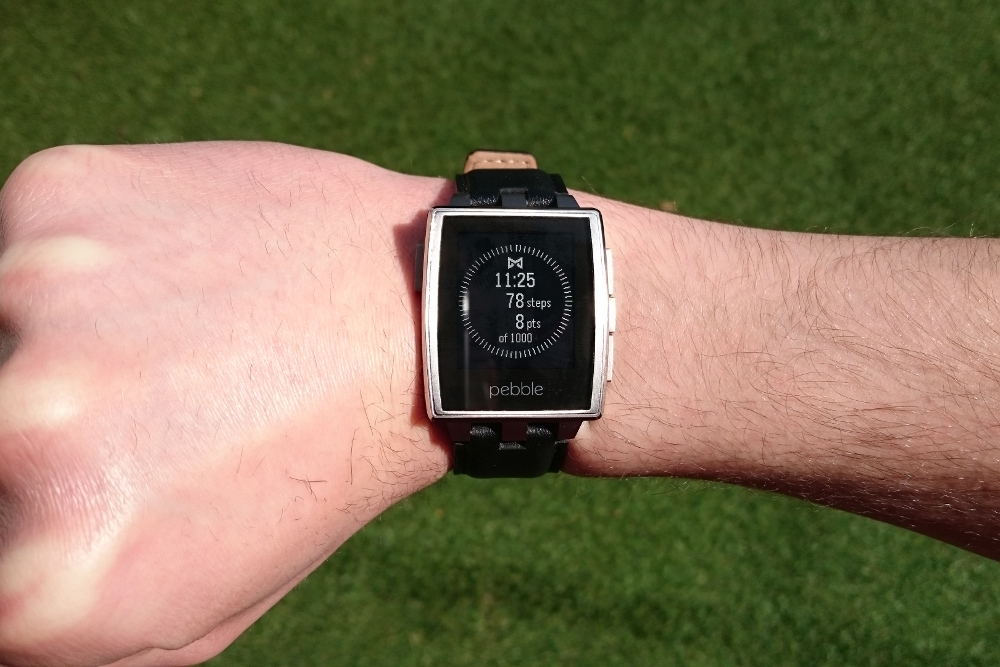
Pebble Steel -Features
A lack of voice command is really rather tedious, particularly when trying to reply to messages. However, the ability to pre-select up to five custom responses to instantly use is a nice touch. The Pebble Steel also has another trick up its sleeve, though. Like more grown-up' timepieces, the Steel is water-resistant to a depth of 50 metres, which is a good deal more than its more technologically sophisticated brethren.
Pebble Steel -Verdict
In today's world of QHD screens and touch control, the Pebble Steel is something of an oddity. It's a charming one, however, and there's an awful lot to love about this quasi-throwback.
If you're not bothered about having any of the high-tech frills of Android Wear, then the Pebble Steel will suit you down to the ground. On top of that, the battery life is long enough to put most smartphones to shame.
WINNER -LG G Watch R
We hummed and hawed between this and the Moto 360 for ages. They're both exceptionally capable devices, with distinct and appealing visual flair. However, in the end, the G Watch R just managed to cinch it.
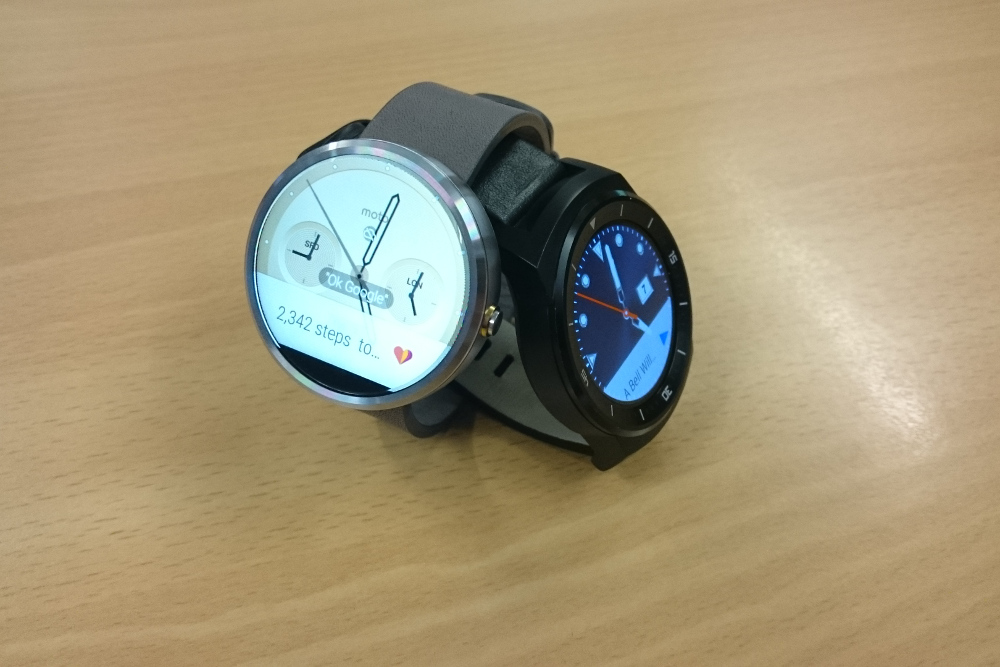
It's got better battery life, which is always a winner. It's also got a faster processor than the 360, which was occasionally a little sluggish, and we think it looks just that little bit more dashing. The Rolex-esque bezels made us feel appealingly Bond-like when using the voice command, and we're suckers for the cool factor'.
Runner-up: Pebble Steel
The astonishing battery life and waterproofing coupled with a feather-light weight make this little beauty a strong contender for our favourite smartwatch ever. I could be a little cheaper, considering the age, but those that splash out will likely be glad they did.
Honourable mentions
Many of these watches could be old news in a few months. LG already has a successorthe G Watch Rin the form of the LG Watch Urbane, while Pebble's suspiciously Familiar Pebble Time is set to ship to its Kickstarter backers in May. Motorola may also have a second-gen Moto 360 on the way, according to a possible slip-up by the company's CEO.
Adam Shepherd has been a technology journalist since 2015, covering everything from cloud storage and security, to smartphones and servers. Over the course of his career, he’s seen the spread of 5G, the growing ubiquity of wireless devices, and the start of the connected revolution. He’s also been to more trade shows and technology conferences than he cares to count.
Adam is an avid follower of the latest hardware innovations, and he is never happier than when tinkering with complex network configurations, or exploring a new Linux distro. He was also previously a co-host on the ITPro Podcast, where he was often found ranting about his love of strange gadgets, his disdain for Windows Mobile, and everything in between.
You can find Adam tweeting about enterprise technology (or more often bad jokes) @AdamShepherUK.
-
 Cleo attack victim list grows as Hertz confirms customer data stolen
Cleo attack victim list grows as Hertz confirms customer data stolenNews Hertz has confirmed it suffered a data breach as a result of the Cleo zero-day vulnerability in late 2024, with the car rental giant warning that customer data was stolen.
By Ross Kelly
-
 Lateral moves in tech: Why leaders should support employee mobility
Lateral moves in tech: Why leaders should support employee mobilityIn-depth Encouraging staff to switch roles can have long-term benefits for skills in the tech sector
By Keri Allan
-
 Wearables: First Windows 10 smartwatch is on its way, and it means business
Wearables: First Windows 10 smartwatch is on its way, and it means businessNews Specs are hard to come by, but we know it will be built on Microsoft's Windows 10 IoT OS
By Dale Walker
-
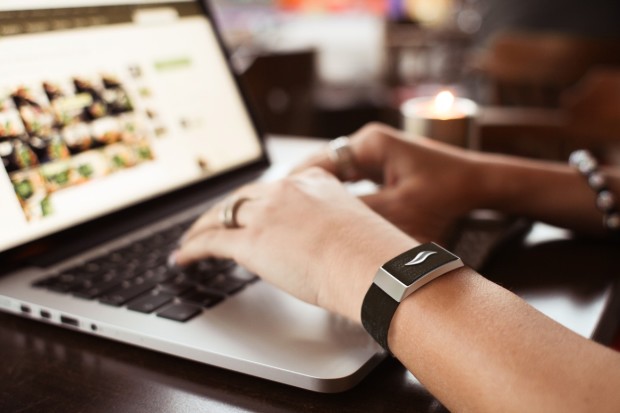 The best wearable devices for business
The best wearable devices for businessBest The best lightweight devices to help you stay productive during a busy workday
By Dale Walker
-
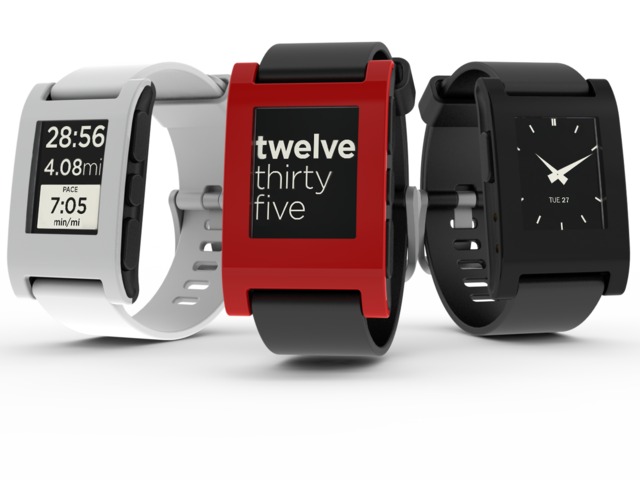 Smartwatch sales slump 52% as hype wanes
Smartwatch sales slump 52% as hype wanesNews Apple, Lenovo and Pebble all lose out in third quarter
By Dale Walker
-
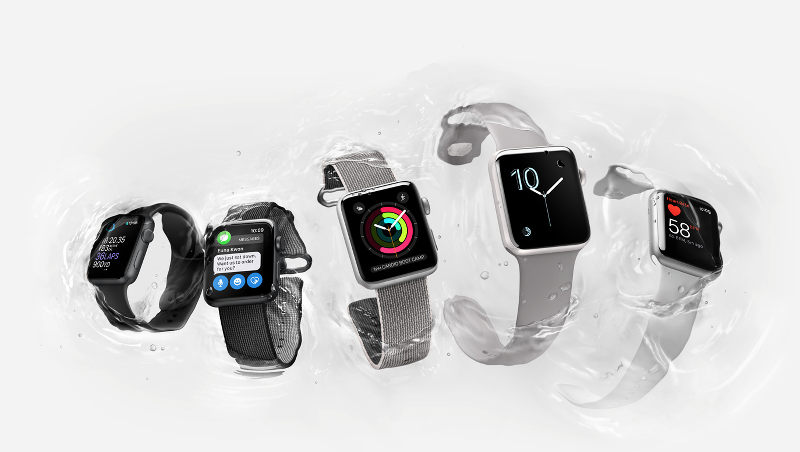 Apple Watch Series 2 review: First look
Apple Watch Series 2 review: First lookFirst look If you waited for the second generation, you haven't wasted your time
By Jane McCallion
-
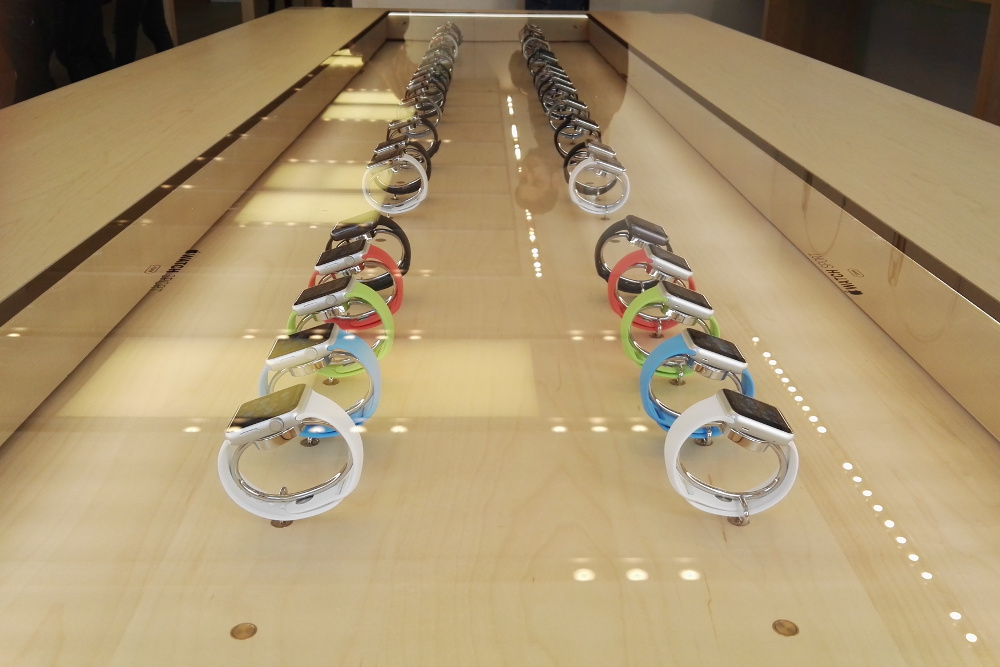 Apple watchOS 3 release date and features: watchOS 3 update available on 13 September
Apple watchOS 3 release date and features: watchOS 3 update available on 13 SeptemberRumours watchOS 3 can be downloaded from Tuesday next week
By Jane McCallion
-
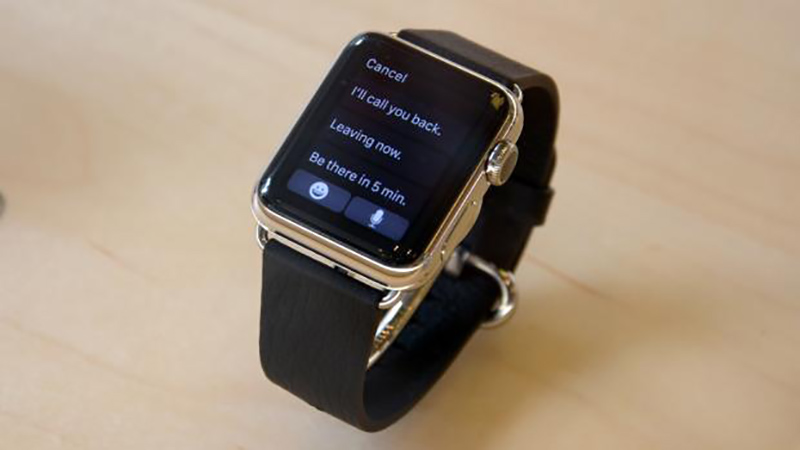 Apple Watch release date, price, features, availability and delivery date: Special edition Apple Watch bands arrive for the Olympics
Apple Watch release date, price, features, availability and delivery date: Special edition Apple Watch bands arrive for the OlympicsRumours But will only be available in Brazil
By Maggie Holland
-
 Fitbit patents ruled invalid in Jawbone lawsuit
Fitbit patents ruled invalid in Jawbone lawsuitNews ITC judge recommends case be thrown out
By Adam Shepherd
-
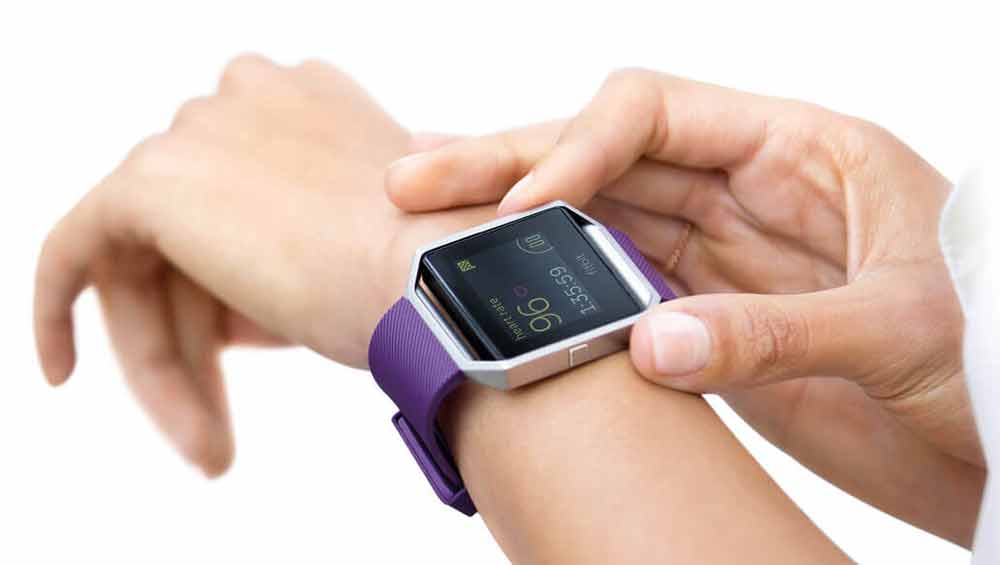 Fitbit heart rate monitors are off by 20 BPM, study shows
Fitbit heart rate monitors are off by 20 BPM, study showsNews Researchers have corroborated claims that the company's PurePulse trackers are "dangerously inaccurate"
By Adam Shepherd